- Home
- Our Story
- Safaris & Excursions
- Guides
- Gallery
- News
- Contact Us
The Kinangop Plateau lies between 2400 and 2700 meters above sea level and is fringed by the Aberdare Mountains to the east and a steep bluff dropping into the Rift Valley to the west.
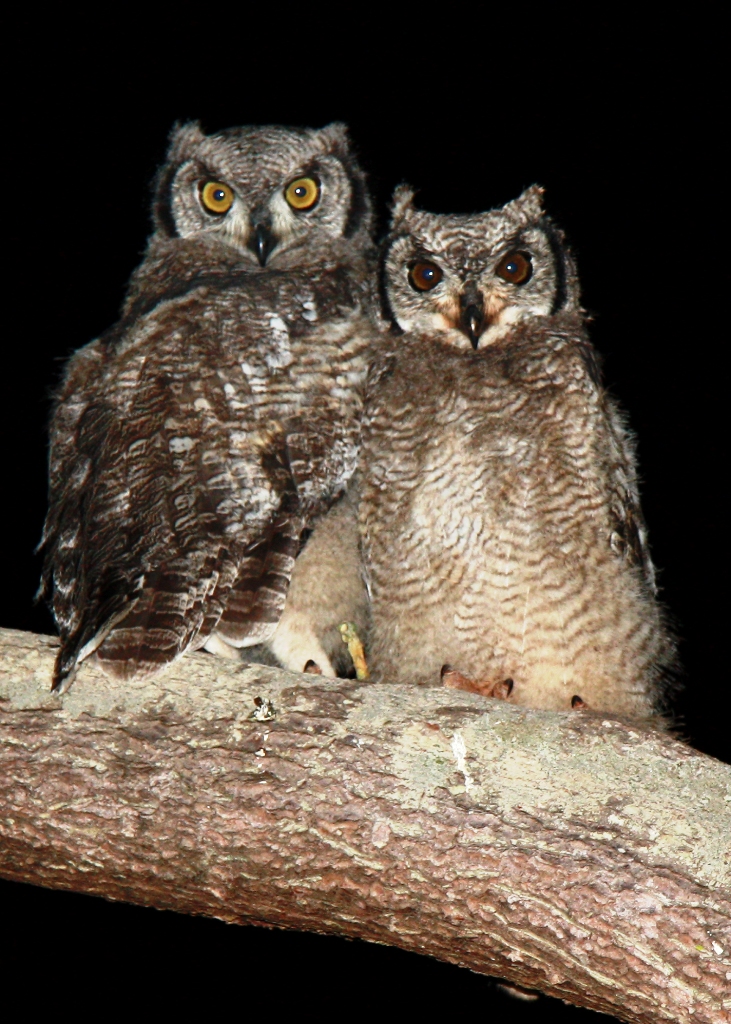
The Kinangop plateau is one of the sections of low-relief plains formed by protracted erosion, which features a raised elongated block of the earth’s crust lying between two faults and trough valleys, characterized by differing forms of savannas depending on rainfall, relief, soil ecology, and topography.
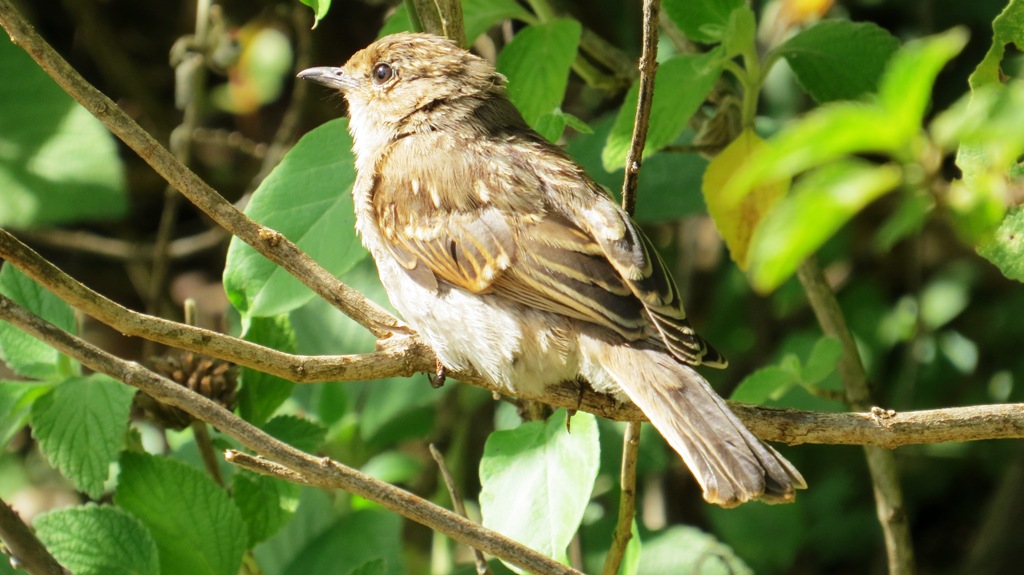
Endemic Sharpe’s Longclaw
The Kinangop plateau shelter Sharpe’s Longclaw a globally threatened grassland-specialist bird and numerous other animals and plants endemic to the mountain grasslands of Kenya and northern Tanzania. The Kikuyu people call it “gathonjo ka werũ-ini,” meaning “a weaver-like bird that lives only in the grasslands”. The English name honors 19th-century British ornithologist Richard Bowdler Sharpe.
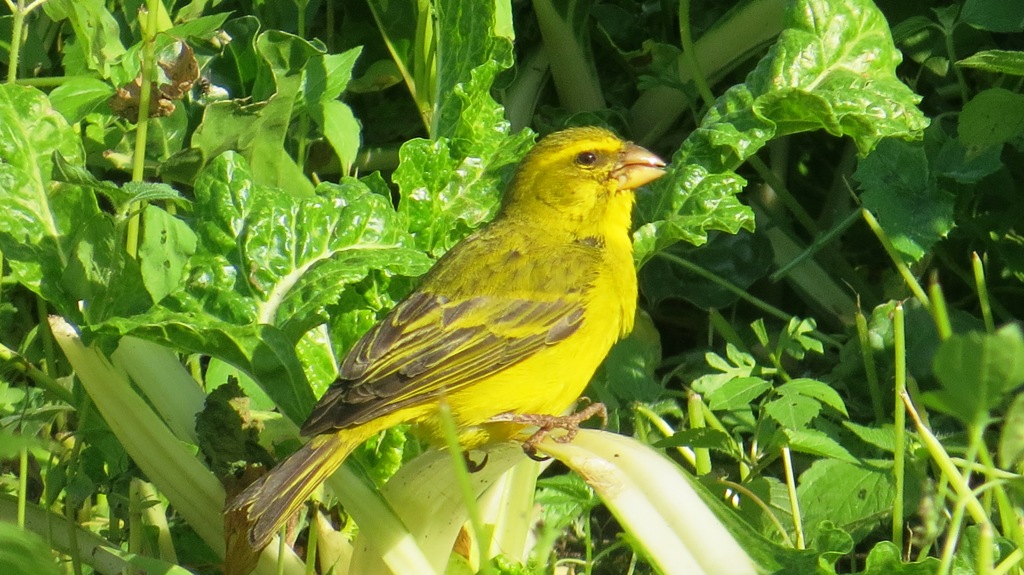
The Sharpe’s Longclaw is listed as Endangered on the I.U.C.N Red List of globally threatened species because of the rapid and continuing reduction in the extent and quality of its habitat. Estimates say that only 10,000 and 19,000 individuals of Sharpe’s Longclaw are roaming freely in the wild. Most of the population is restricted to three main locations: Kinangop Plateau, Mau Narok, Mount Elgon, Timau in Mount Kenya, and the Uasin Gishu grasslands
Interesting species to look for in Kinangop Plateau:
Kenya Horned Viper, Kinangop Puddle Frog, and Golden Toad. They are monogamous, very sedentary species, limited to high altitude, open, short grasslands between 1850 -3400 meters
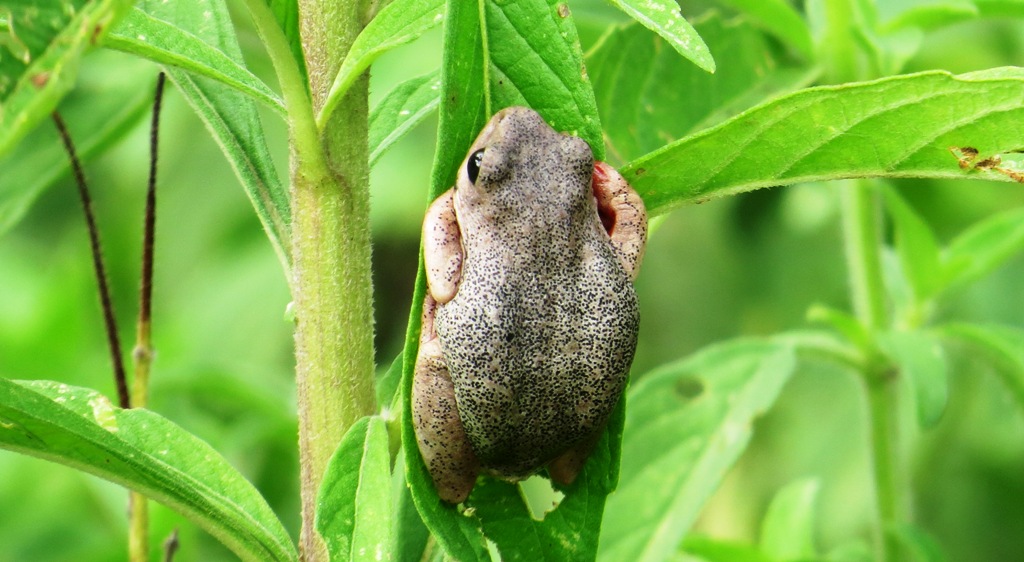
Kinangop Plateau day birding tour is suitable for birders looking to see, record, and photograph a few of Kenya’s endemic and localized bird species. Kinangop Plateau has more than 250 species of birds recorded including the localized; Levaillant’s Cisticola, Wing snapping Cisticola, Hunter’s Cisticola, Aberdare Cisticola, Great-crested Grebe, Rufous-breasted Sparrowhawk, Lesser Jacana, Long-tailed Widowbird, Jackson’s Widowbird, Red-collared Widowbird, African Snipe, Yellow-crowned Canary.
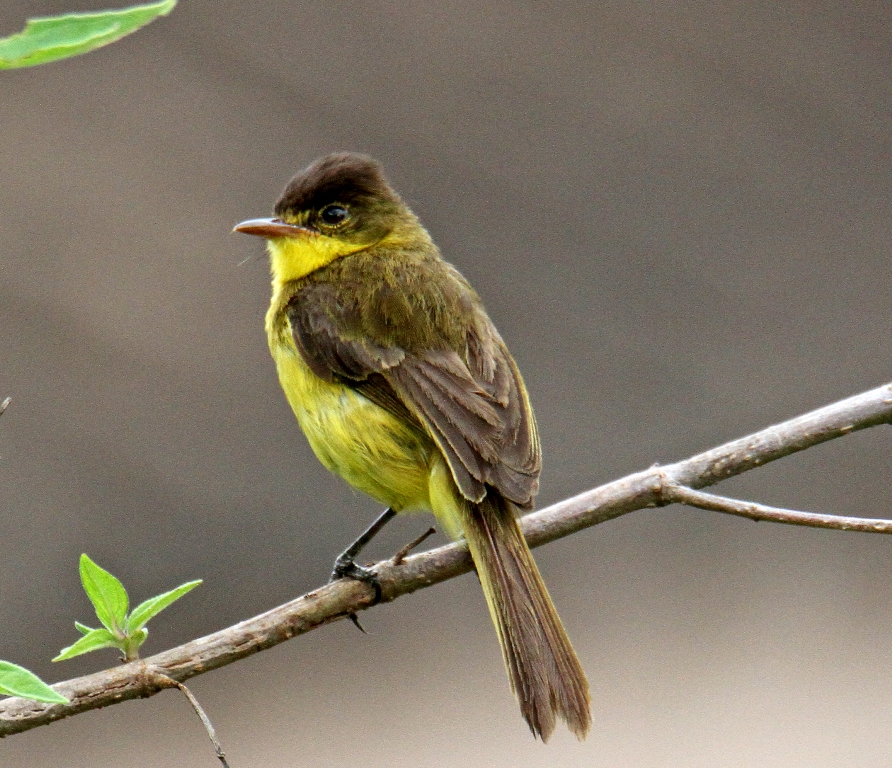
Kinangop plateau was originally covered with almost treeless, tussocky grassland, including many tussock bogs in swampy valleys. Nonetheless, the grassland habitat has been greatly modified within the last 40 years in the plateau as a result of changes in land tenure and agricultural practices; which include dairy farming, horticultural farming, sheep farming, and planting of exotic tree species, such as eucalyptus, cypress, and grevillea. Rainfall in Kinangop Plateau averages around 1000 millimeters per year and peaks during April–May, and October but the southern part of the plateau is wetter than the north, which lies in the rain shadow of the Aberdare National Park. The landscape is generally flat and rises gently to the base of the mountains in the east. Kinangop Plateau is bisected by valleys bearing streams, which flow into the Malewa and Karati Rivers which then flow into Lake Naivasha. The Kinangop Plateau has several man-made dams that host numerous water birds year-round and are worth visiting. Birdwatching on the Kinangop plateau is mostly done by walking, which makes it productive and rewarding.
A full-day birding in Ol Pejeta Conservancy offers a wealth of possibilities, the park hosts exciting bird species and special animals. Ol Pejeta exhibits such a versatile geography, endowed with endless rolling plains, rivers, marshes, and wetlands which are responsible for the great variety and abundance of birds and mammals
